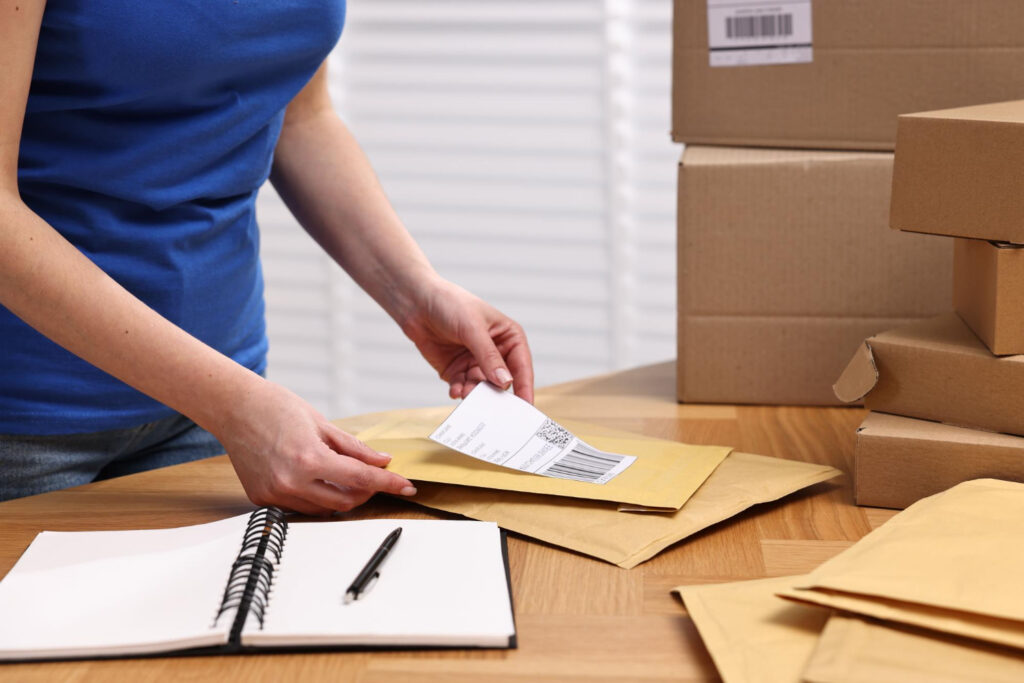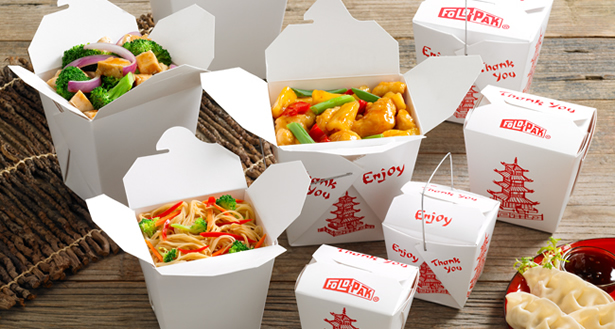Ever opened a package to find it dented or crushed? It’s a headache for anyone shipping goods, from movers packing furniture to online sellers sending fragile crafts. Those dents can ruin products, upset customers, or lead to costly returns. Imagine the frustration of a buyer receiving a squashed box of pottery—hours of work wasted. So many people deal with this, feeling stuck when their packages arrive looking beat-up. But you can keep your boxes dent-free with easy steps that make them tough as nails, ensuring every delivery looks as good as when it left your hands.
Let’s dive in with a clear plan. Dents happen when boxes are too thin, overloaded, or mishandled during transit. Weak walls cave under pressure, and sharp corners get bashed in sorting hubs. To stop this, choose double-wall corrugated boxes—they’re like armor, absorbing hits without buckling. Look for ones rated for higher weights if you’re shipping heavy items like books or tools. Picture your box standing strong, like a sturdy shed weathering a storm, keeping contents safe inside.
Here’s how to pack for protection: Line the inside walls with bubble wrap or foam sheets, creating a cushioned barrier—about a quarter-inch thick works well. Distribute weight evenly across the box bottom to avoid stress points; for example, place heavy items like jars in the center, not stacked on one side. Seal seams with reinforced tape, wrapping it twice around edges for extra strength. A small business might use this trick to ship glassware, ensuring it arrives without a single crack. This turns your box into a fortress, shrugging off bumps from rough handling.
Handle with care to prevent damage. Always lift boxes from the bottom, not the sides, to avoid weakening flaps—think of scooping up a toddler under their arms. Stack boxes low during storage or transit, keeping them under three feet high to reduce pressure. If you’re shipping, mark boxes with “This Side Up” arrows to guide carriers. Visualize your packages arriving pristine, like they were hand-delivered, with no dents or scuffs. Adding a “Fragile” label can encourage gentler treatment too.
Choose eco-friendly boxes for a bigger impact. Mushroom-based packaging grows naturally and composts into soil nutrients, helping farms grow better crops. Recycled cardboard cuts down on landfill waste, keeping parks cleaner for picnics and playtime. Customers love seeing green choices—it’s like a high-five for supporting a healthier planet. Imagine your boxes helping reduce trash, making rivers safer for fish. These options cost about the same as standard ones and boost your brand’s caring vibe.
Test it out to build confidence: Pack a box with a light item, like a mug, and drop it from knee height onto a carpet. No dents? You’re on track. Try it with heavier items next, like a stack of plates, adjusting padding as needed. Practice makes it quick, like folding laundry without thinking. Share the method with friends—they might suggest adding corner protectors for extra toughness. Jot down your best box types in a notebook for easy reordering.
Save smart on supplies. Bulk buys of double-wall boxes are cheaper per unit—check online retailers or local warehouses for deals. Reuse sturdy boxes from incoming deliveries, inspecting for wear first. Mix strengths: heavy-duty for electronics, lighter for clothes. Look for sales during peak shipping seasons, like before holidays, or join a co-op with other businesses to split bulk costs. Store boxes flat in a dry spot to keep them strong.
Level up with tools like a box cutter for precise resizing—perfect for custom fits. For frequent shippers, a tape dispenser speeds up sealing, saving wrist strain. If you send packages overseas, check customs rules on box types to avoid delays. Always weigh boxes after packing to dodge extra postage fees.
With these tips, your boxes will arrive dent-free, impressing recipients and cutting complaints. You’ll become a packing pro, confident in every shipment’s safety. Start today by testing a new box type and maybe add a thank-you sticker for a personal touch. Keep refining your process, and soon you’ll have a dent-proof system that’s reliable and stress-free.



